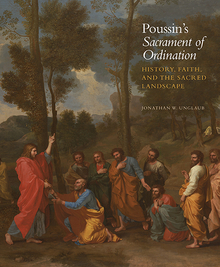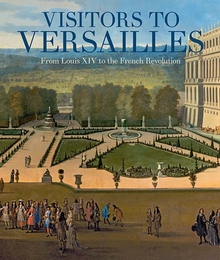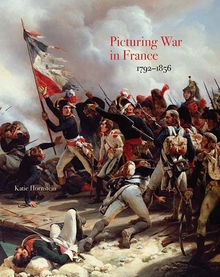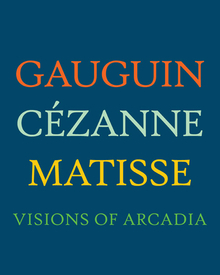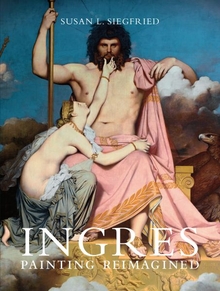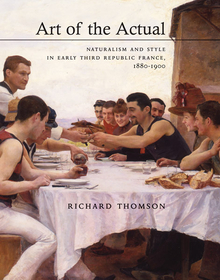Industrial Madness
WARNING
You are viewing an older version of the Yalebooks website. Please visit out new website with more updated information and a better user experience: https://www.yalebooks.com
Commercial Photography in Paris, 1848-1871

Read this book online via the A&AePortal, our art and architectural history eBook platform. To learn more about how to access this book, please contact us.
In 1848 there were thirteen commercial photographic studios in the city of Paris. By 1871 this number had expanded to almost 400. This book is the first to analyze the origins of professional photography during the Second Empire and its transformation from a novel curiosity to a vital part of the urban environment.
Drawing on extensive archival documentation, Elizabeth Anne McCauley profiles the people who became commercial photographers—the innovators, entrepreneurs, and "artistes" who tried to earn their fortunes but were beset by bankruptcy and failure. She also discusses the business of photography—the ways studios were formed, products promoted, and financial backers found. In a detailed analysis of five studios that represent different aspects of commercial production, from industrial photographs to art reproductions, McCauley uncovers the social, political, and psychological needs that each type of photography satisfied. For example, in a groundbreaking examination of the market for photographs of female nudes, McCauley documents how the photographs reinforced masculine stereotypes of female sexual passivity, how government responses to such images reflected the precariousness of Napoleon III's political power, and how the photographs were positioned within ongoing arguments about realism as a new literary and artistic movement. Industrial Madness is not only an innovative contribution to the sociology of the arts but also an exploration of the ways ideology and visual representation intersected during the decades that saw the birth of modernism.
The book also includes a comprehensive listing of commercial photographers working in Paris between 1848 and 1871.
Drawing on extensive archival documentation, Elizabeth Anne McCauley profiles the people who became commercial photographers—the innovators, entrepreneurs, and "artistes" who tried to earn their fortunes but were beset by bankruptcy and failure. She also discusses the business of photography—the ways studios were formed, products promoted, and financial backers found. In a detailed analysis of five studios that represent different aspects of commercial production, from industrial photographs to art reproductions, McCauley uncovers the social, political, and psychological needs that each type of photography satisfied. For example, in a groundbreaking examination of the market for photographs of female nudes, McCauley documents how the photographs reinforced masculine stereotypes of female sexual passivity, how government responses to such images reflected the precariousness of Napoleon III's political power, and how the photographs were positioned within ongoing arguments about realism as a new literary and artistic movement. Industrial Madness is not only an innovative contribution to the sociology of the arts but also an exploration of the ways ideology and visual representation intersected during the decades that saw the birth of modernism.
The book also includes a comprehensive listing of commercial photographers working in Paris between 1848 and 1871.
Supported by a grant from the National Endowment for the Humanities
Elizabeth Anne McCauley, associate professor of art history at the University of Massachusetts, Boston, is also the author of A. A. E. Disderi and the Carte de Visite Portrait Photograph.
ISBN: 9780300253344
Publication Date: March 23, 1994
Publishing Partner: Supported by a grant from the National Endowment for the Humanities
Publication Date: March 23, 1994
Publishing Partner: Supported by a grant from the National Endowment for the Humanities
464 pages, 0 x 0
140 b/w illus.
140 b/w illus.


